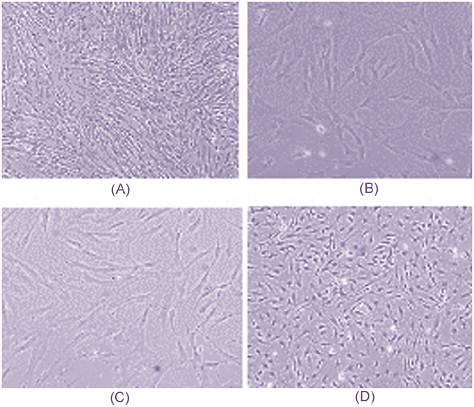Why Does Knee Stem Cell Therapy Produce Long-term Improvements in Patients Who Have Little Change on Their MRI?
One of the things that has always mystified us is that while we’ve seen nice improvements in cartilage or bone signal on the knee MRI’s of our patients treated with stem cells, sometime patients have long-term pain/function improvements without any MRI changes. How does this work?
I’ve always had a theory that there is a natural supply of mesenchymal stem cells (MSCs) in a normal joint and that these cells play a critical role in maintaining a healthy joint environment. For example, they help to repair small areas of damage, stabilize the production of good chemicals in the joint, and keep the chemical environment from turning toxic. As an example, they prevent the meniscus and knee ligaments from becoming degenerative and keep the existing cartilage healthy.
This general concept is now supported by multiple studies. Take for example a study showing that that normal synovial tissue in the knee (the tissue that makes up the outer covering of the joint) has MSCs. In addition, there is other data showing that after a knee injury, these stem cells migrate from the synovium through the synovial fluid to the site of an injury. Finally, the number of functional stem cells in the knee synovial fluid decreases as we get more arthritis. Now a brand new study also associates “burnt out” knee stem cells (cells with short teleomeres) with areas of arthritis.
So what’s happening in knee stem cell therapy patients who don’t have much change on their MRI but their knee pain and function are improved for many years (our longest patients are in the 5 year range)? These arthritis patients have a lack of functioning stem cells in the joint which have been “used up” either by many years of trauma (and many knee surgeries), genetics (less effective knee stem cells), or both. Injecting more stem cells in the joint replenishes this supply. The joint chemical environment normalizes and the pain and function improve. This also fits with other research from radiology showing that many people who have arthritis on x-rays or MRIs don’t have pain.
The upshot? Maybe your knee just needs it’s supply of stem cells replenished!

If you have questions or comments about this blog post, please email us at [email protected]
NOTE: This blog post provides general information to help the reader better understand regenerative medicine, musculoskeletal health, and related subjects. All content provided in this blog, website, or any linked materials, including text, graphics, images, patient profiles, outcomes, and information, are not intended and should not be considered or used as a substitute for medical advice, diagnosis, or treatment. Please always consult with a professional and certified healthcare provider to discuss if a treatment is right for you.

